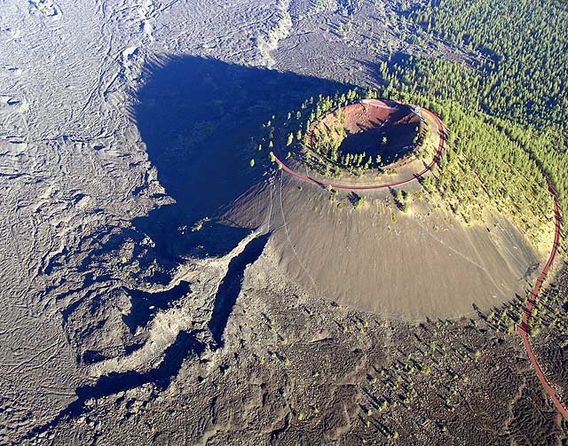Recently I had the pleasure of taking a free online course offered by the Transportation Safety Institute (TSI) called Rail Nomenclature. As a big train fan, it was a delightful opportunity to learn about terminology related to trains and rail systems and to get more insight into how they work.
The introduction to the course quoted George Bernard Shaw as motivation:
“The single biggest problem in communication is the illusion that it has take place.”
… which has so many implications beyond just terminology for railroads! I agree!
I learned a lot from this course. For example, did you know that we have both the Federal Railroad Administration (in charge of transport of people (Amtrak) and freight via railroad) and the Federal Transit Administration (in charge of public transit, which includes buses, subways, commuter rail, etc.)? I was intrigued to learn that the U.S. has 47 rail transit systems, 4000 miles of track, and 4.2B trips per year – more than airlines, but fewer than buses. (This is just for systems controlled by the FTA, so the numbers exclude Amtrak numbers.)
The course covered terminology used to describe train cars themselves, parts of the track, signal systems, power systems, and more. There was quite a bit of detail about braking systems in particular – important if you’ve got several tons generating momentum to dissipate when you want to stop. When the train is going more than 3 mph, it uses “dynamic” brakes in which the motors driving the wheels stop and become generators instead. If electrical storage is available, they can serve as regenerative brakes. When the train is going more slowly, it employs friction brakes (e.g., calipers squeeze pads against the wheels to slow their rotation). Both of these brake types are familiar to car owners. However, the train has a third option for emergencies: track brakes, in which the train uses strong magnets to press metal shoes directly onto the rail for additional drag (I guess this would be like toe stops on roller skates :) ).
 Another cool fact is that the rails do double duty: not only do they provide a surface for the train to roll on, but they also provide a medium for signaling. This can be as simple as a track circuit: if you run power through a segment of metal track with no train on it, the circuit is closed and the corresponding signal can show a green light indicating the track is unoccupied. When a train enters that segment, its axles short the rails together and current drops, triggering the signal light to change to red. Thus, any train approaching that segment gets an automatic warning of whether the track ahead is occupied, even if the approaching train cannot be seen. No person or computer is needed to actively monitor it. (If power to the track fails, the signal defaults to red.)
Another cool fact is that the rails do double duty: not only do they provide a surface for the train to roll on, but they also provide a medium for signaling. This can be as simple as a track circuit: if you run power through a segment of metal track with no train on it, the circuit is closed and the corresponding signal can show a green light indicating the track is unoccupied. When a train enters that segment, its axles short the rails together and current drops, triggering the signal light to change to red. Thus, any train approaching that segment gets an automatic warning of whether the track ahead is occupied, even if the approaching train cannot be seen. No person or computer is needed to actively monitor it. (If power to the track fails, the signal defaults to red.)
More courses are available through the TSI course catalog. This particular class required Flash and was a little difficult at first to get working due to popups etc. However, the course instruction was very visual and fun to follow along – it used Flash to animate drawings of the concepts as they were discussed. I don’t know if they plan to revamp the course, since Flash support ends on December 31, 2020. You might want to check it out now before it’s gone! You get a certificate at the end, of course. :)


 Another cool fact is that the rails do double duty: not only do they provide a surface for the train to roll on, but they also provide a medium for signaling. This can be as simple as a
Another cool fact is that the rails do double duty: not only do they provide a surface for the train to roll on, but they also provide a medium for signaling. This can be as simple as a